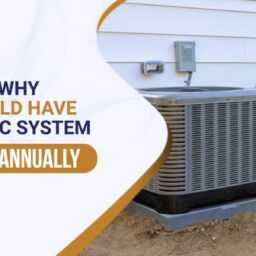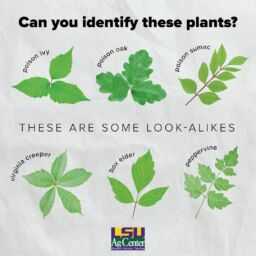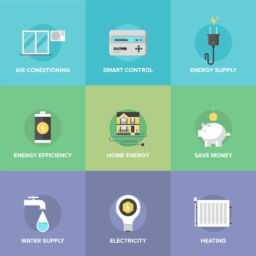A greenhouse can represent any climate in the world. Know your varieties of plants and know their environmental needs. You also must pay attention to seasonal needs of your plant choices.
Spring, summer, fall and winter are seasons everyone enjoys. Some of us prefer a specific season over others. Interestingly enough the same is true of even plants.
Plants need seasons. Be aware of what is going on with your plant during different seasons. The South African calla lily is dormant during the summer while the lily of the Nile bears flowers. When winter comes the reverse is true.
The purpose of the greenhouse
The purpose of the greenhouse is not to imitate mother nature. Take a good look around. Bugs eating the plants, unfavorable heating conditions, and competition for nutrients are not in the plants’ best interest. The purpose of the greenhouse is control.
The atmosphere of the greenhouse is better than nature can offer. Consider the weather, rainy one day and then no rain for weeks. This definitely causes stress on the plant. The goal of the greenhouse is to improve upon nature and grow a plant to its optimum capacity.
Plant growth factors
There are four factors in plant growth – water, heat, light, and air.
There are four factors in plant growth – water, heat, light and air. Recognizing these factors is essential to healthy plants in the greenhouse . If any of these factors reaches an imbalance the plant becomes stressed. It is important to recognize symptoms of stress.
Begin by determining the climate you want to mimic. Of course this depends on the plants you choose. Be aware, your plants need to thrive in the same climate (unless, of course, you have more than one greenhouse.)
Heat is one factor that will more than likely require a thermostatic device. Heat must be measured. Some plants are very susceptible to fluctuations in temperature.
Humidity is another factor. Humidity can be monitored in the air as well as in the soil. Sprinkler systems and humidifiers are just two examples of ways to control humidity.
Light is probably the least understood by the beginning grower. Light is not just light, nor is all light created equal. Light contains a spectrum of colors called wavelengths. Although we can not see these different wavelengths with our eyes, plants can detect them with their cells. Some plants thrive better in different wavelengths. Knowing these wavelengths help choose the best lighting.
The last factor is air. Air circulation is extremely important. Realize also that some plants are very sensitive to even slight changes in air currents. Test for drafts to best protect them.
When all of these factors are in balance you will have the beginning of a great greenhouse. Your plants will thrive and be beautiful.
AUTOPOST by BEDEWY VISIT GAHZLY





